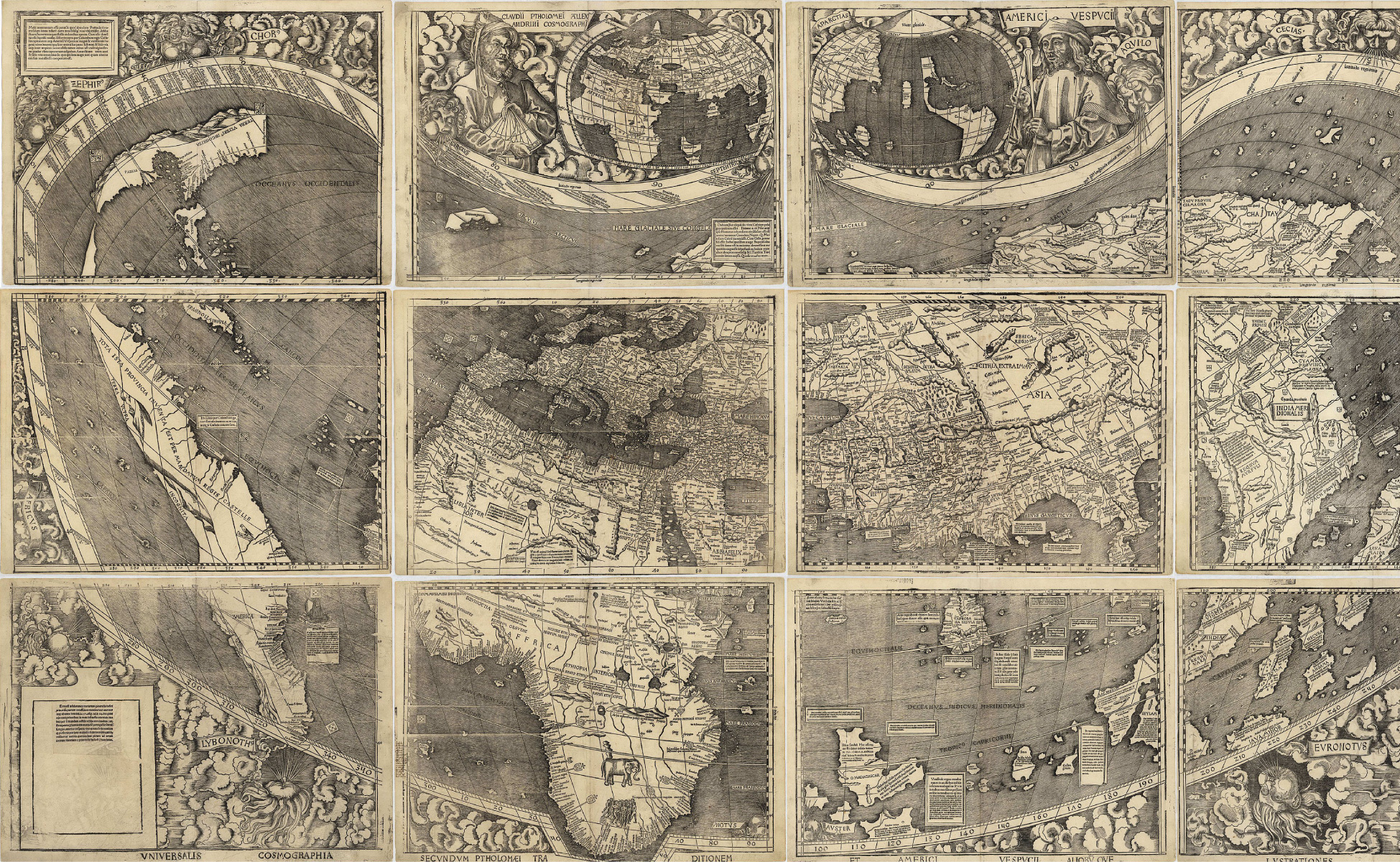Module 1: Chapter 1 The Americas, Europe, and Africa Before 1492
Section outline
-
 Image from Chapter 1 of U.S. History (opens in new window) from OpenStax, licensed under Creative Commons Attribution License v4.0 with the image information: This 1507 map by cartographers Martin Waldseemüller and Matthais Ringmann is credited as the first to incorporate the word "America." Little was known about the continent at the time, as the land masses on the far left of the map reveal. But the New World offered opportunity that the Old World would exploit.
Image from Chapter 1 of U.S. History (opens in new window) from OpenStax, licensed under Creative Commons Attribution License v4.0 with the image information: This 1507 map by cartographers Martin Waldseemüller and Matthais Ringmann is credited as the first to incorporate the word "America." Little was known about the continent at the time, as the land masses on the far left of the map reveal. But the New World offered opportunity that the Old World would exploit.This week you will be learning about early America and the origins of European Exploration and its consequences. Some highlights include a discussion of the first inhabitants, mistakenly called Indians by the Europeans when they first arrived, the economic and religious reasons for European expansion, and the emergence of the Columbian exchange, which had major implications for Europe, the Americas, and Africa. You will also learn about the start of the Atlantic slave trade. To be an informed American citizen, one must understand the complex origins of the nation. The first chapter does a good job of explaining them.
Upon completion of this module, you will be able to:1. Demonstrate knowledge of some of the major Native American civilizations before the arrival of the Spanish. (CO 1 and 2)
2. Identify key aspects of the European societies that engaged in conversion, conquest, commerce, and exploration (CO 1 and 2)
3. Recognize the important roles of Islam and Europe in West Africa and the slave trade. (CO 1 and 2)
4. (Assignment Only): Analyze a primary source and discuss the reasons for European Exploration. (CO 1, 2, and 3)
To achieve these objectives:
- Read the Module 1 Introduction above.
- Read and view the materials in Chapter 1 (click below)
- View the Chapter 1 PowerPoint below.
- Complete Module 1 quizzes/assignments/discussion boards based on chapter/document reading.
Module Pressbooks Resources and Activities
You will find the following resources and activities in this module at the Pressbooks website. Click on the links below to access or complete each item.
- Read the Module 1 Introduction above.
Background Colour
Font Face
Font Kerning
Font Size
Image Visibility
Letter Spacing
Line Height
Link Highlight
Text Colour
